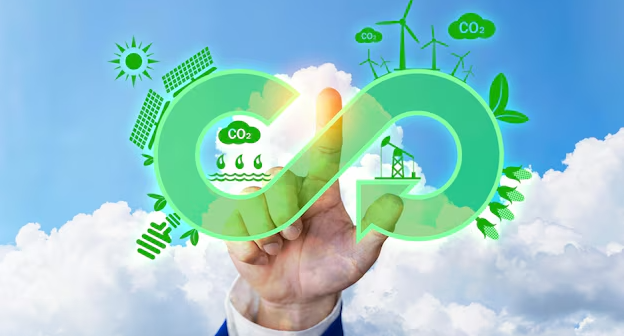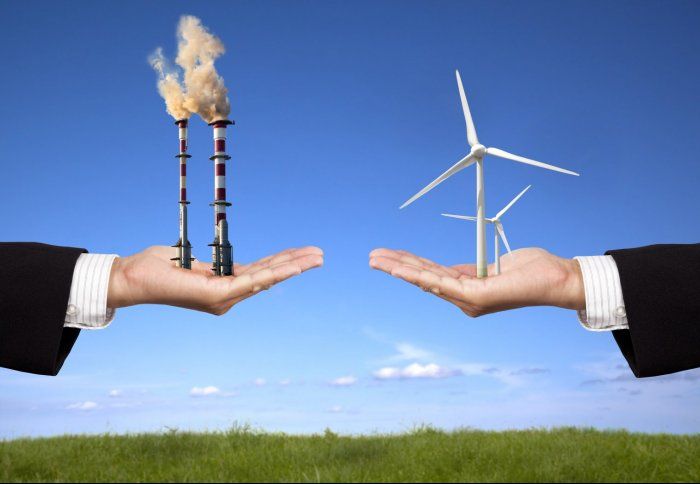Drowning in plastic
Teresa Romanovsky • September 3, 2021
We all know that the planet is drowning in plastic. Scour the internet, and you'll find references to numerous reports, data, interviews and scenarios that talk about how we can relieve and even combat the issue of the plastic scourge.
The World Economic Forum (WEF) has examined the potential of a reusable economy's effects on tackling the world's increasing plastic crisis. If everyone reused a mere 10% of plastic packaging, WEF suggests that half of our annual waste would be prevented from entering our water systems and the ocean. Surprisingly, more than 50 per cent of our plastic is single-use, and only a miniscule fraction is collected for recycling.
They created three possible scenarios.
If we use up to 20 per cent of plastic packaging by the end of 2029, we could prevent between 45 and 90 per cent of the annual plastic waste. That means that up to 13 million tonnes of single-use plastic will not end up in the ocean.
If we use 40 per cent reusable items, this alone will lead to more than 90 per cent of plastic entering our ocean and up to 50 per cent from entering landfill sites.
This is the most impressive and ambitious scenario. If we use up to 70 per cent of reusables, this will prevent up to 320 per cent of ocean pollution and up to 85 per cent landfill.
These findings show the importance of change from disposable goods to reusables. Although development is still in its early stages, there are signs of progress and the need for a paradigm shift across entire communities and society as a whole. The circular economy would create a massive shift of transformational change for the world climate and environmental crisis if practised. This change is only possible if consumers and private and public sectors address the urgent crisis together.
Mayuri Ghosh, head of WEF's consumers beyond disposability initiative, explains that there is far too much plastic waste to be recycled, so we must reuse it. She explains, "The plastic waste challenge has grown too large for us to simply recycle. With no global agreement over an ambition level to target plastic waste, the sooner we can make systemic and meaningful advances towards reuse, the better".
One of the hindrances is behaviour and justification not to use reusable products such as annoyance and affordability. Or are these slothful reasons because we have become a convenience-led society? Whatever the reason, governments and businesses are responsible for encouraging behavioural change and addressing the concerns through monetary incentives and public awareness campaigns.
In the first year of COVID-19, scientists were afraid that the pandemic would encourage the use of single-use plastic because cafés and restaurants were refusing to accept reusable containers and cups. Consumers feared that the use of reusable products encouraged virus contamination. Over 100 scientists, including epidemiologists, virologists, biologists, chemists and doctors from 18 countries, published a statement stating that reusable containers do not increase the chance of virus transmission as long as people follow basic hygiene practices. Yet, over a year later, it still continues.
Not only has the pandemic seen a surge in plastic production for face shields, single-use takeaway containers and bubble wrap, but it has started a price war between producers of new and recycled plastics. Recyclers are rapidly losing the battle.
You’ll have at least some form of plastic in your possession. Simple reuse protocols can make a difference, but the key is to replace single use plastics entirely - keep cups, reusable grocery bags, compostable litter/poop bags, wax wraps (instead of plastic wrap) - are all great alternatives and readily available. Plastic is part of modern-day life, just as is the untold pollution derived from it. With some planning and a heap of commitment, it is easy to start making steps towards reducing your carbon footprint.

Recruitment may not be the first industry you think of when it comes to carbon emissions. Yet the environmental footprint of traditional hiring practices is larger than many realise: flights for interviews, paper-heavy processes, in-person assessments that involve travel and energy use. All of these add up. At the same time, “sustainable recruitment systems” are proving to be far more than a buzzword. They are helping organisations reduce waste, attract values-driven talent, and future-proof their workforce strategies. In other words, green hiring is both a moral and a commercial imperative .

At this year’s ReGen Expo , the programme was thoughtfully divided into two key tracks: The Resource Stage , focused on innovations in recycling and resource recovery. The Circularity Stage , showcasing upstream redesign, system change, and regenerative business models. Both matter, but they’re not the same. Recycling plays a critical role in reducing what ends up in landfill. But circularity reaches further, asking how we might design waste out altogether . In short: If recycling is like treating the symptoms, circular processes are like building a lifestyle that prevents the illness in the first place.

A Sobering Reality Check Australia’s emissions reduction report card is in, and it makes for uneasy reading. Strip away land use changes, and national emissions have dropped just 3% since 2005. While federal targets remain focused on achieving net-zero by 2050, progress is painfully slow across energy, transport, and industrial sectors. Politicians may debate policy, and analysts may point to infrastructure bottlenecks, but there’s a more human variable we urgently need to talk about: talent. Could the decarbonisation lag be less about ambition and more about our inability to scale the workforce to match?
